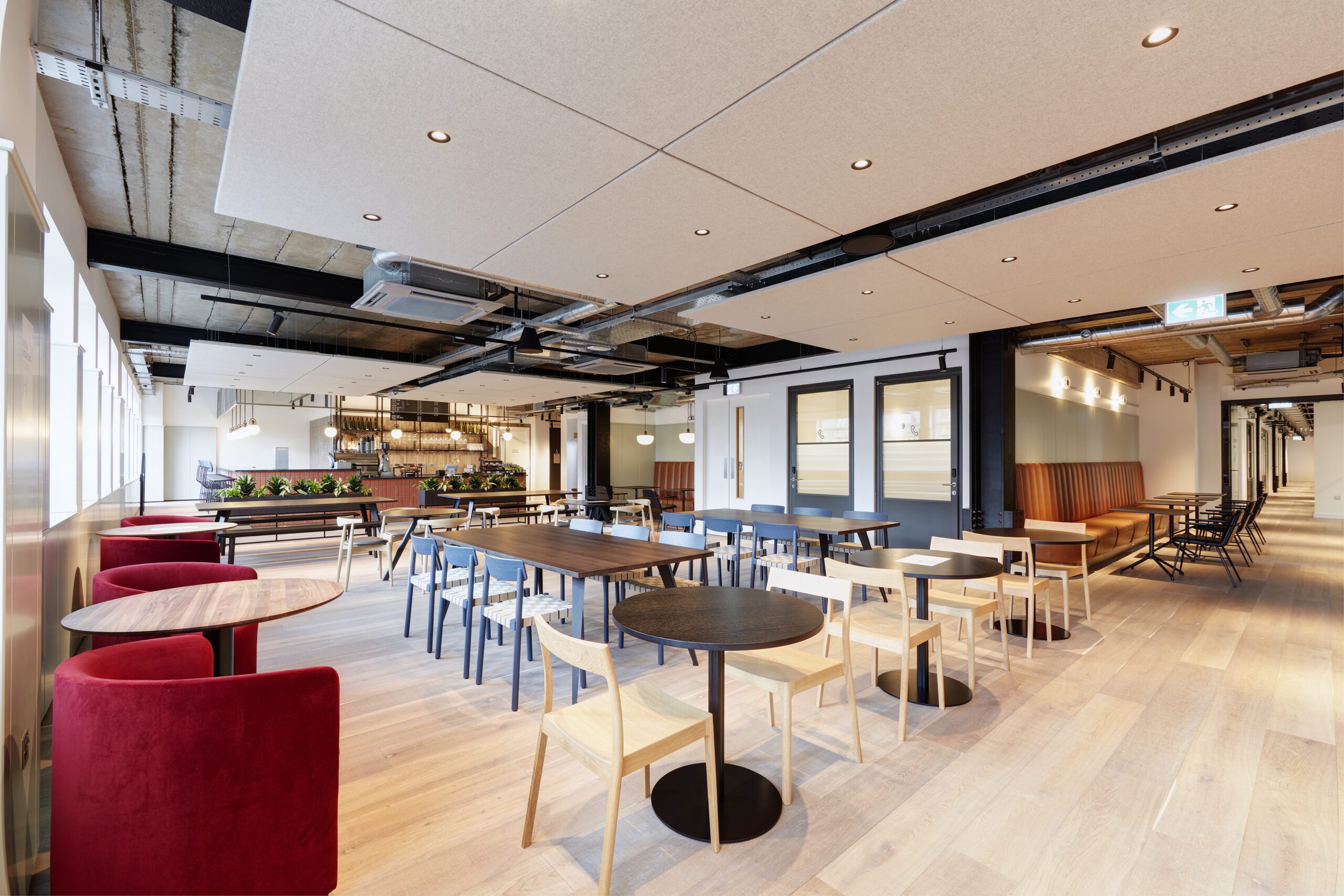
What Does a Serviced Office Correction Look Like?

What Does a Serviced Office Correction Look Like?
Within our discussion of serviced offices, it’s important to separate the product offering from the business model. While we believe the offering is increasingly attractive to a variety of tenants (discussed in detail later), the typical business model possesses numerous potential risks, primarily because typical serviced office operators lease their space from traditional landlords and then re-lease that space to serviced office tenants. Within the context of a positive economic and leasing backdrop over the past several years this business model has not come under pressure, however it’s important to have an idea of what a more difficult environment looks like going forward and how serviced office competes with “traditional” leasing in a tougher environment. This is particularly pertinent now, with media commentators mentioning serviced office operators coming under pressure due to their failure to support high underlying lease costs and of course WeWork recently failing to raise capital to anywhere near the extent they desired (and subsequently expanding into a variety of scattered strategies).
To understand performance during a tough leasing environment, we believe the best available data comes from results of IWG Group (broadly known as Regus), which was formed in 1989 and continues to operate today. Given their experience across cycles and consistent high-quality level of published data, we may be able to extrapolate what a modern correction might look like from historic experiences. Fortunately, Regus provides some valuable information in their historic annual accounts. Using their terminology, let’s look at 2007 (a peak market environment) where Revenue Per Available Workstation (“RevPAW”) stood at £7,460 per annum with portfolio occupancy of 82.4% on 27,905 UK workstations. This implies Price Per Available Workstation (“PPAW”) of £9,053 per annum when we divide RevPAW by occupancy. Moving forward to 2010 (arguably a trough), RevPAW stood at £5,133 per annum with portfolio occupancy of 74.3%, implying PPAW of £6,908 per annum on a portfolio of 34,851 units.
Taking these results, the first thing we note is that the RevPAW declined by roughly 31% from peak to trough, however this was in the context of the total number of workstations expanding by approximately 25% (from 27,905 to 34,851), which is considerable growth given the economic context. We would expect new workstations during this period to have had lower RevPAW as these are initially opened and take time to stabilise. Unfortunately, it was not possible to separate the detailed RevPAW from mature workstations only. Second, we note that while both price (PPAW) and occupancy declined, occupancy declined much less than price (24% price decline versus 10% occupancy decline) and actually occupancy picked back up very quickly. By 2011 occupancy was back at 83.7%, even higher than its 2007-08 levels, though PPAW continued to decline mildly (by approximately 5% before increasing again the next year). This runs somewhat counter to the assumption that small and mid-size tenants who typically take serviced offices are more likely to fail or leave during a downturn and therefore operators are more exposed to occupancy loss. This data implies that either these tenants are not failing as much as one would have expected (perhaps because tenant vacancy is limited by being able to flexibly adjust rent down), or there is considerable price elasticity of demand, so new tenants are quickly re-filling space at a lower rent. Attracting tenants in a downturn is likely easier to do when considering the shorter nature of the liability / minimal additional costs the tenant is taking in a poor economic environment.
Coming back to today’s environment, one of the main differences is that in some markets there are more competitors than there were even in 2007-08. This means to us that (depending on the specific market) the ability to adjust price to retain tenants is even more important today than it was in 2008, and this ability to adjust pricing is more constrained the higher the underlying lease cost is. Many providers existing today have built their platforms on high underlying leases; however we can assume another likely event from page 9 of Regus’ 2010 annual accounts where “[we] embarked on a significant restructure of our UK lease portfolio; working in partnership with our landlords many were renegotiated and re-geared.” For larger serviced office landlords, this is certainly a viable strategy and one likely to enable them to keep operating in a difficult economic environment, however smaller serviced office operators are unlikely to be so lucky.
From our perspective as a serviced office landlord with no underlying lease in place that limits our ability to adjust price and with a low-all in basis in our buildings, this analysis provides some indication that we should be able to compete on price in a correction and still generate valuable positive yield. Further, other lessons (aside from design) can be gleaned from Regus given its cross-cyclical experience. These include avoiding reliance on single, large tenants or industries and reserving maintaining capex throughout a building’s hold period to ensure it remains competitive. Given the rapidly-expanding nature of this offering type, we think many newer entrants may end up suffering more than our analysis would suggest due to their failure to adhere to such principles.
